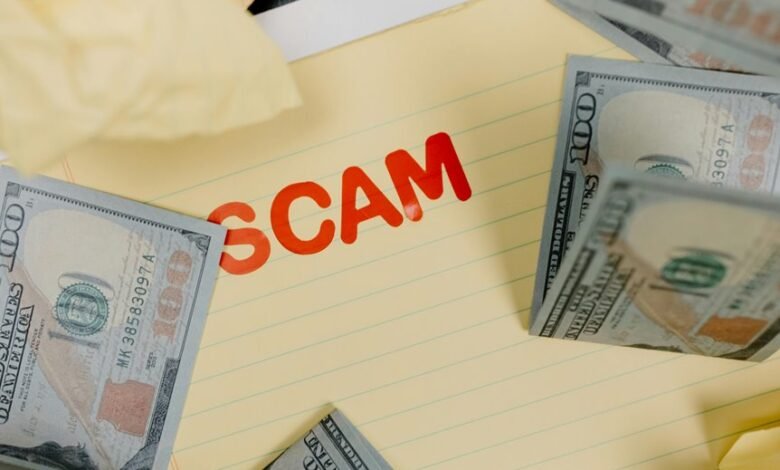Caller Fraud Hotline Protection Alert Bureau 3397135268 3334888025 3338680084 3888626443 3516729631 3313468806

The Caller Fraud Hotline Protection Alert Bureau offers essential support for individuals facing the growing threat of caller fraud. With multiple contact numbers available, the bureau provides resources to report suspicious calls and learn about common scams. This initiative is crucial for raising awareness and equipping victims with strategies to safeguard themselves. Understanding the bureau’s function and the steps to take against fraud can significantly impact one’s safety. What measures can individuals implement to better protect themselves?
Understanding Caller Fraud and Its Impact
Although caller fraud has become increasingly sophisticated, its impact on individuals and businesses remains significant.
The evolving caller tactics often leave victims vulnerable, leading to financial loss and emotional distress.
Enhancing fraud awareness is crucial for empowering individuals to recognize these deceptive approaches.
How the Caller Fraud Hotline Works
Recognizing the growing threat of caller fraud, many organizations have established dedicated hotlines to aid victims and potential targets.
These hotlines utilize caller identification techniques to verify numbers and inform users about prevalent scams.
Reporting Suspicious Calls: Step-by-Step Guide
Reporting suspicious calls is a crucial step in combating caller fraud. Individuals should follow established reporting procedures, which typically involve documenting the call details, such as the number, time, and nature of the call.
This documentation aids authorities in tracking patterns and identifying fraudsters. Prompt reporting can enhance community awareness and contribute to the overall reduction of caller fraud incidents.
Tips for Protecting Yourself From Caller Fraud
After documenting suspicious calls, individuals can take proactive measures to safeguard themselves against caller fraud.
Implementing preventive measures such as blocking unknown numbers and utilizing call screening can significantly reduce exposure.
Awareness of common scams, like impersonation and prize fraud, is crucial.
Regularly updating privacy settings and educating oneself about emerging tactics can enhance protection and empower individuals to maintain their freedom from fraud.
Conclusion
In a world where the promise of connection can lead to deception, the Caller Fraud Hotline Protection Alert Bureau serves as a beacon of hope and vigilance. While the rise of sophisticated scams threatens personal security, this vital resource empowers individuals to stand against fraud. By fostering awareness and providing actionable steps, it transforms victims into informed defenders, illustrating that knowledge and proactive measures can turn the tide in the ongoing battle against caller fraud.



